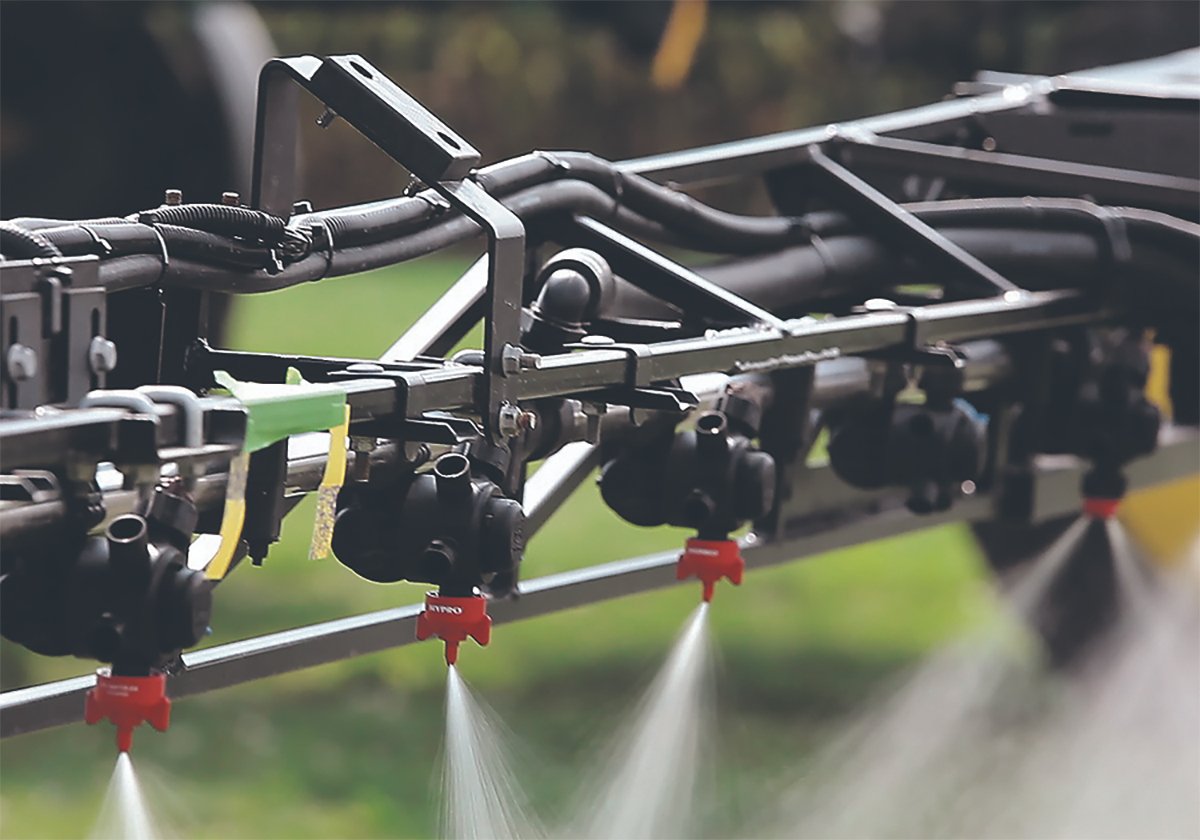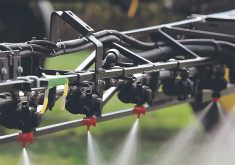In the days leading up to imposition of a Canadian duty on American corn, feed grain dealers and buyers held off on sales, anticipating the government would come out with some kind of duty on American corn imports.
Now there is pent-up demand for feed in southern Manitoba, said Marcel Hacault, a hog producer from Niverville and president of the Manitoba Pork Council.
Prices have risen, he said, but it’s hard to put a finger on how high they have spiked.
Hacault thinks prices will settle down once the market realizes that American corn imports made up only a small portion of the large supplies of feed grains in Western Canada.
Read Also

Ten years to study a pesticide? PMRA dealing with a backlog of post-market reviews
It should take two to four years to review the safety of a pesticide. But Health Canada and the Pest Management Regulatory Agency will take nine to 10 years to evaluate the safety of glufosinate — a herbicide that is already on the market.
He said he doesn’t know what effect the duty will have on hog producers’ costs, but he worries it may drive them up.
A Manitoba Agriculture analysis says the duty could drive up ration costs for hog producers by three to five percent, based on recent increases in spot prices.
Rations represent 55 percent of the costs for farrow-to-finish operations, 40 percent of costs for finishing barns, and 25 percent for nursery operations.
Hacault is in the process of readjusting his own rations. He started feeding American corn to his hogs seven or eight years ago because quality was good, supplies were reliable, and prices were often attractive.
“When you’re in a feed-deficit area, you have to look at all the options.”
Locally grown corn has been a less popular feed ingredient for many hog producers because it’s difficult to find supplies to forward contract.
While Hacault can get quotes for 20 tonnes of American corn or Canadian barley delivered every two weeks for the next 52 weeks, that service
isn’t offered for Manitoba corn.
Cam Brown, a hog industry analyst in Winnipeg, said hog producers will have to look west for feed grain supplies because of fusarium head blight problems in eastern Manitoba.
Transporting feed east adds $15 to $20 per tonne to costs, said Brown.
“We’ve had more than we need in costs here in eastern Manitoba.”
He doubts feed sellers will bring in corn from Ontario.
“It’s just too far away.”
While southern Manitoba is only 400 to 500 kilometres away from the U.S. corn belt, it’s 1,600 km from corn-growing regions in Ontario.














